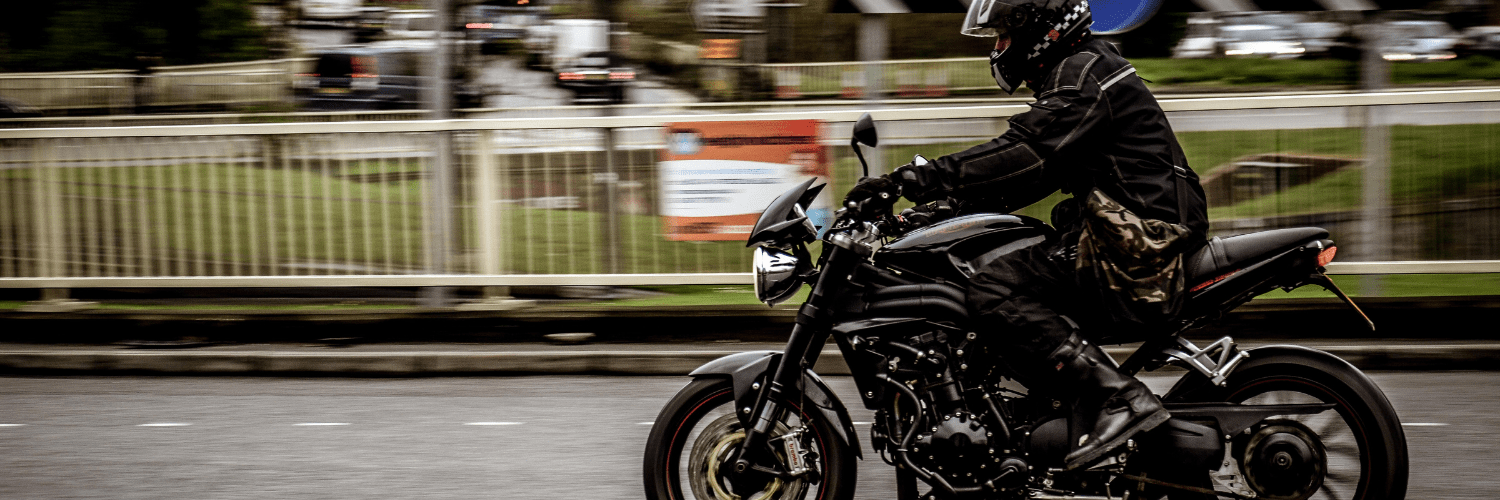Are Speed Traps Legal in California?

In California, there is a lot of pressure on the police officers in the traffic enforcement department to write tickets and generate fines in an effort to allow the government to get ticket revenue. Even if this means using technically illegal methods such as speed traps. With that said, there is a lot of confusion about speed traps. So let’s take a look at what are speed traps and how to get your speeding ticket dismissed.
What is a speed trap?
The primary goal of speed traps is to generate ticket revenue, rather than to promote safe driving. A common misconception is that a speed trap is merely a police officer hidden from view with a radar gun, tracking how fast you are driving. This situation is NOT a speed trap.
A speed trap actually is police officers calculating how long it takes your vehicle to get from one marked point to another, and using that to determine if you were speeding. Or a speed trap is when there is not a valid engineering survey to justify the speed limit on that road. For example, if the speed limit suddenly changes on a section of the road without warning or reason. Under law, drivers must be given clear marked changes in speed limit and speed limits must follow California speed laws.
Are speed traps legal in California?
According to Vehicle Code 40801, “No peace officer or other person shall use a speed trap in arresting, or participating or assisting in the arrest of, any person for any alleged violation of this code nor shall any speed trap be used in securing evidence as to the speed of any vehicle for the purpose of an arrest or prosecution under this code.”
That means if you receive a speeding ticket because of a speed trap – you have every right to challenge it. It is illegal for a police officer to use a speed trap as evidence to show you were speeding. Nevertheless, it doesn’t mean a police officer won’t try to get you to pay for a speed trap ticket.
How to spot a speed trap?
A speed trap measures vehicular speed within short distances or is an unjustified speed limit change, thus making it difficult for the driver to be able to avoid violating the speed law. Additionally, speed traps are often set up with traffic laws or speed limits posted around shrubs or bushes where they are not easily visible. Other instances traffic signs are clustered together in an effort to cause confusion and unintentional violation by the motorist. This makes it hard for drivers to notice speed traps on their own.
So one of the easiest ways to avoid a speed trap is by using a mobile gps system app such as Waze. Waze updates drivers about any potential issues on the road including speed traps. If you wish not to download Waze, check out speedtrap.org to discover speed traps in your state or province.
Is it legal for police to hide?
Police officers hiding behind billboards and aiming the radar gun to clock your vehicular speed is not prohibited or illegal regardless of the populous misconception. As long as there is a valid engineered survey for the speed limit on that road it is not illegal. Further police officers can legally use radar devices to show that a driver was speeding.
How to win speed ticket offenses?
Police officers continue to get away with illegal speed ticket administration because drivers are unaware and just pay the tickets handed to them without investigation. Instead of paying for a ticket, a traffic ticket dismissal service can help to protect your license and save you time and money by working to dismiss these tickets in the illegal circumstances mentioned. TicketBust is convenient as it offers no going to court, paperwork or waiting. We have 18 years of experience with successfully handling traffic offenses, namely: speeding, red light camera, cellphone, sign violation, red light and other violations.
We use the process termed “Trial by Written Declaration.” This is a real court trial, but in written form. All completed documents are submitted by the driver through the mailing method instead of going into court to contest the traffic ticket in person. The Trial by Written Declaration process proves the best approach in contesting a traffic ticket in California. Don’t waste your time fighting your traffic ticket in court. Regardless of the offense, TicketBust is ready to fight your traffic ticket and help you maintain a good driving record.










